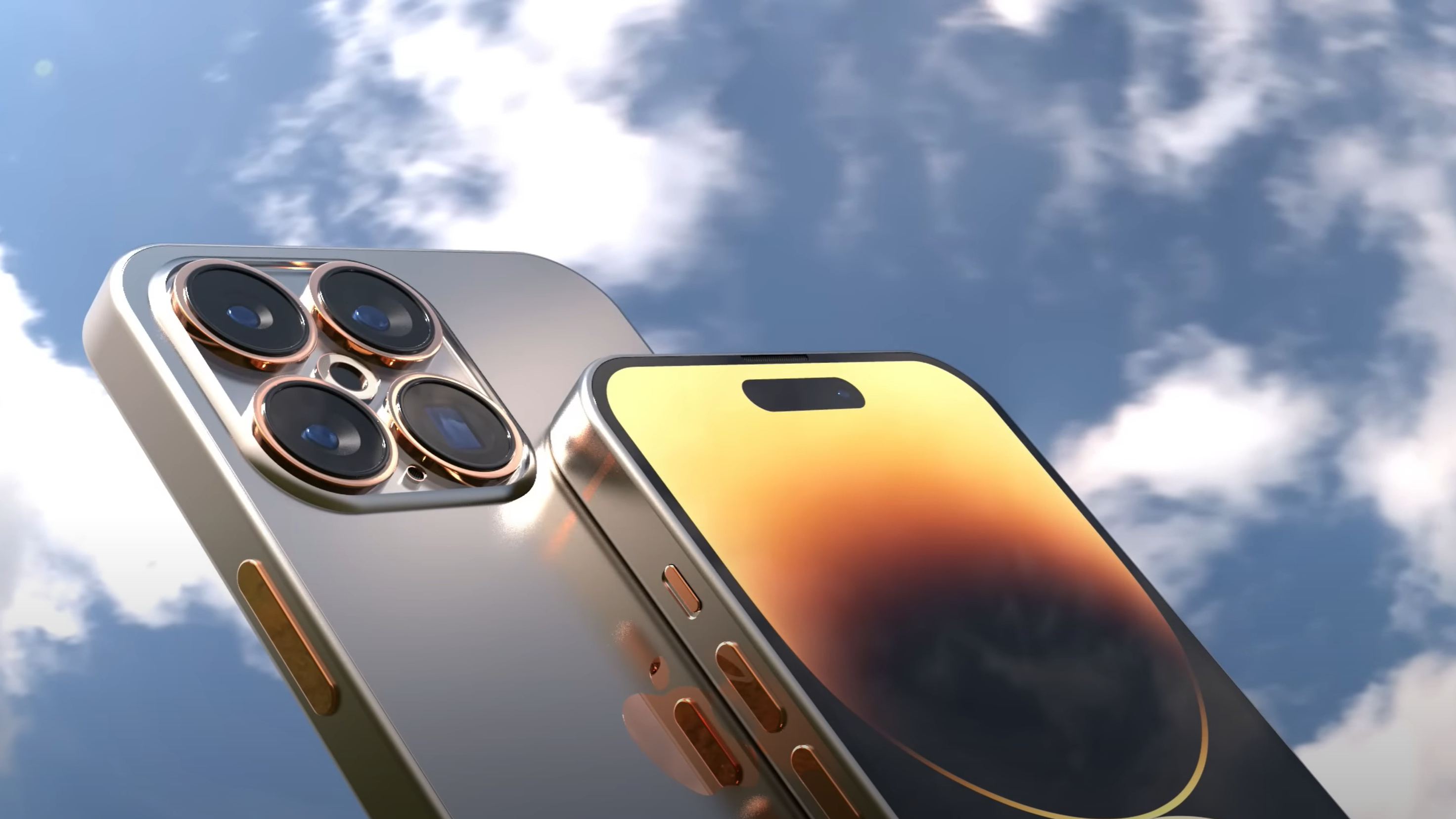
The iPhone 16 is giving the iPad mini a run for its money. According to popular Apple analyst and leaker Ross Young, the iPhone 16 Pro models are reportedly getting a 20% bump in their panel sizes (via MacRumors).
The iPhone 16 Pro and iPhone 16 Pro Max are rumored to add an extra 0.2 inches to their displays. For reference, the iPhone 14 Pro has a display size of 6.1 inches while the iPhone 14 Pro Max, the top tier model, sports a panel size of 6.7 inches.
The iPhone 16 may be the biggest iPhone yet
Young told MacRumors that he's got a juicy scoop on the iPhone 16 Pro and iPhone 16 Pro Max: both phones are expected to get bigger. Young claims that the iPhone 16 Pro will jump to a display size of 6.3 inches while the iPhone 16 Pro Max will expand to 6.9 inches.
With the iPhone 16 Pro Max creeping up to 7-inch territory, this iDevice is practically a tablet at this point. Heck, even Best Buy has a category called "Best 7-inch tablets," and the iPhone 16 Pro Max would fit right in.
Jokes aside, Young noted that the rumored new display sizes are "rounded up." Keeping us in suspense, the popular Apple tipster said that he's poised to reveal the more on-the-nose, specific sizes soon (figures with two decimal places instead of one). When? At the Display Week conference in Los Angeles on May 23.
We hope the Young addresses the display sizes of the entry-level iPhone 16 and the iPhone 16 Plus, too (if the Plus model is still a thing in 2024). As it stands now, the base model and the Plus variants are outfitted with 6.1-inch and 6.7-inch displays, respectively. The former's panel matches the Pro's display (6.1 inches) while the Plus' panel matches the Pro Max's screen (6.7 inches).
If Apple follows this trend, the iPhone 16 display sizes should be as follows:
- iPhone 16 - 6.3 inches
- iPhone 16 Plus - 6.9 inches
- iPhone 16 Pro - 6.3 inches
- iPhone 16 Pro Max - 6.9 inches
Young is considered the most reliable Apple leaker with an accuracy rate of 93% according to AppleTrack. But who knows? This rumor may fall within that 7% error rate. Keep your grain of salt in hand until we hear official word from Apple.







